Part 1 — Part 2 — Part 4 — Part 5
We’ve just arrived at the Pole! I don’t know about you, but I’m itching to get out to the telescopes. First, though, it’s a good idea to take a day off to adjust to the altitude; at 10,000 feet, hypoxia is always a danger.
Once we’ve gotten our breath, it’s time to get our bearings. There are several “sectors” dedicated to different kinds of research at Pole, each in a different direction from the main station. The “clean air” sector is used for atmospheric testing, the “quiet” sector for seismology, and the “dark” sector for electromagnetic measurements. Our telescopes are located, unsurprisingly, in the dark sector. After getting dressed and leaving the elevated station, it’s a 10-minute walk to work.
It turns out that we can’t escape from traffic, even at the bottom of the world. Our commute to the telescopes is occasionally interrupted by the runway that crosses right in the middle of our path! There’s a warning beacon that flashes to let us know if a plane is taking off or landing.
We’re finally here! There are 3 main instruments housed in these two buildings. The one on the left is the Dark Sector Lab (DSL), and the closer building on the right is the Martin A. Pomerantz Observatory (MAPO). Let’s check out DSL first.
DSL is home to two instruments: BICEP2 and the South Pole Telescope (SPT). BICEP2, or the second version of Background Imaging of the Cosmic Extragalactic Polarization, is trying to measure the B-mode polarization of the Cosmic Microwave Background (CMB) caused by gravitational waves in the early universe, which could be sourced by inflation. The telescope itself is quite small, with just a 25-cm aperture and refracting optics. Remember that a telescope’s resolution is approximately the observation wavelength divided by the aperture diameter. We use the minimum aperture size required to resolve the inflationary B-mode signal, which should peak at degree scales. For comparison, the Moon and the Sun are both about half a degree across, so we’re looking at very extended structure on the sky! The telescope is almost entirely enclosed in the building, and the top just sticks a little out of the roof. From outside we can only see the ground shield, which prevents the telescope from picking up signal from the (relatively) hot ground and instead redirects it to the sky.
The South Pole Telescope is much larger, measuring in at 10 meters. It also observes the CMB, but does so at smaller angular scales; its science goals include finding galaxy clusters with the Sunyaev-Zel’Dovich effect and measuring B-modes caused by gravitational lensing.

BICEP2 (the large white cylinder) in the lab ready for testing. The white box on top is a Fourier Transform Spectrometer, which measures the telescope’s spectral response.
If we step inside, we can see that BICEP2 has already been taken off the mount. It’s been observing the the last 3 years and is ready for decommissioning after we finish taking some calibration measurements this season.
Now we’ll take a quick walk over to MAPO and visit the Keck Array. As we walk into the building and up the stairs to lab, we get a reminder of the dangers of isolation in extremely cold environments.
Keck is essentially the same experiment as BICEP2, but it hosts 5 identical receivers instead of just 1. This is because more detectors staring at the same part of the sky yields much more sensitive maps, which is the name of the game for CMB science. In the lab right now we have one receiver cooling down and one waiting to be worked on.
We can also walk up to the roof and into the ground shield to see the other receivers still in the mount:
In the next installment: a normal day of work (i.e. how to get manual labor out of a grad student)!

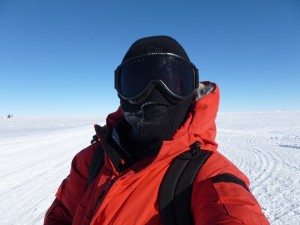

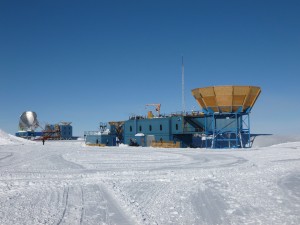
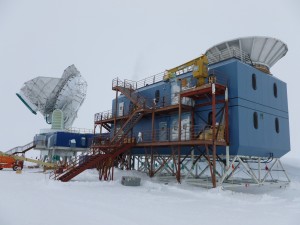
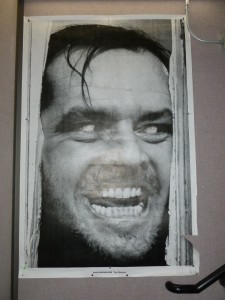

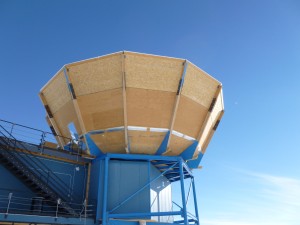
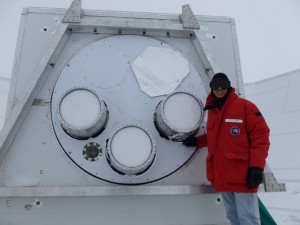
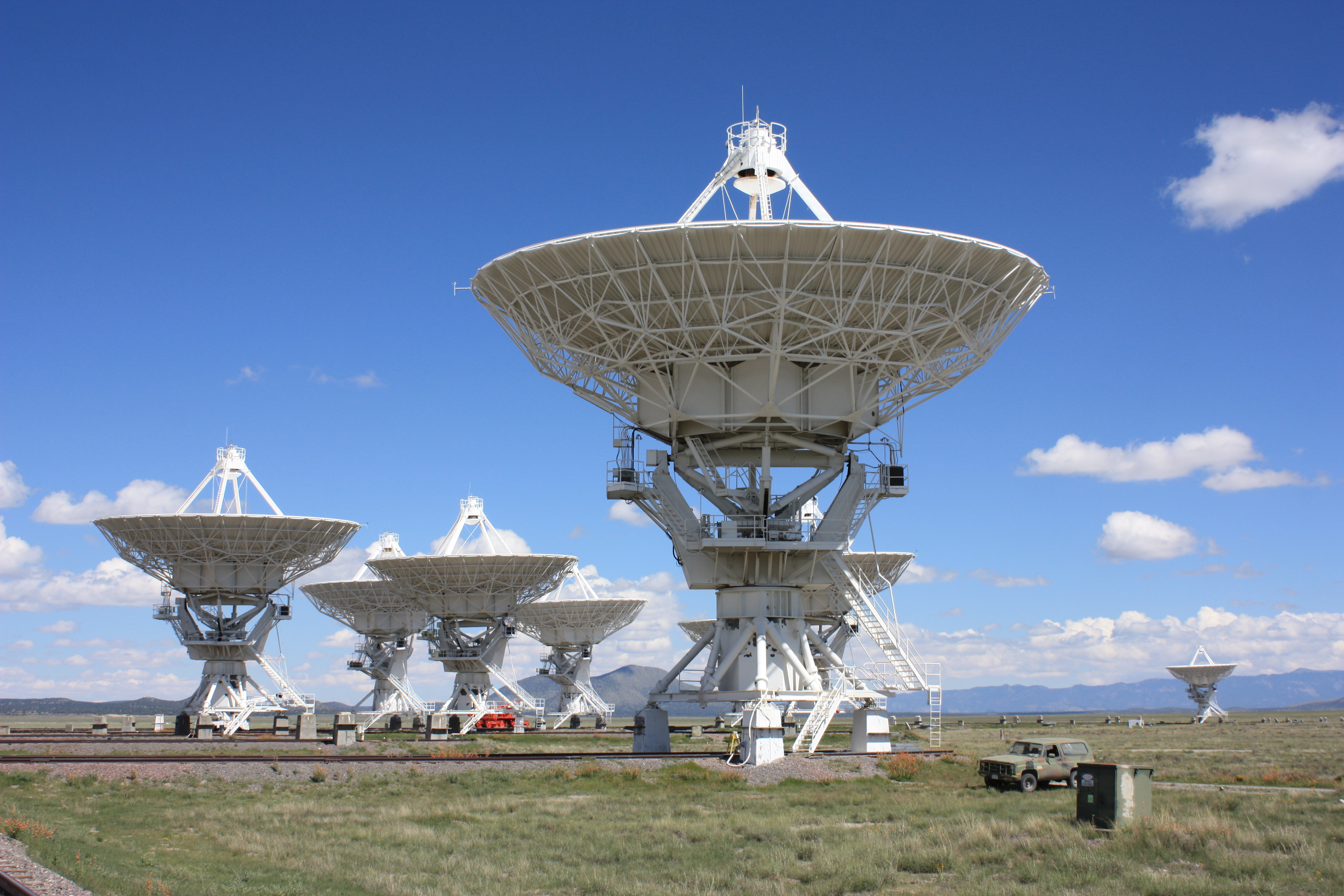

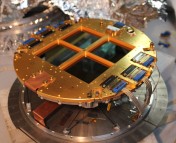
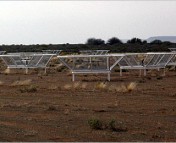
Kirit, I have a bizarre question for you — are the rails at the DSL (on the stairs and at each level) made of metal? I am writing a fanfiction that takes place at the Pole (a ton of research has gone into it) and am writing a scene where a character may touch the rails bare-handed. Some of the 2011-2012 winterovers were kindly assisting me with such weird questions but now I’ve lost my “consultants”… Was searching for some good images of the building and came across your post.
Hope you had a great summer at the Pole!